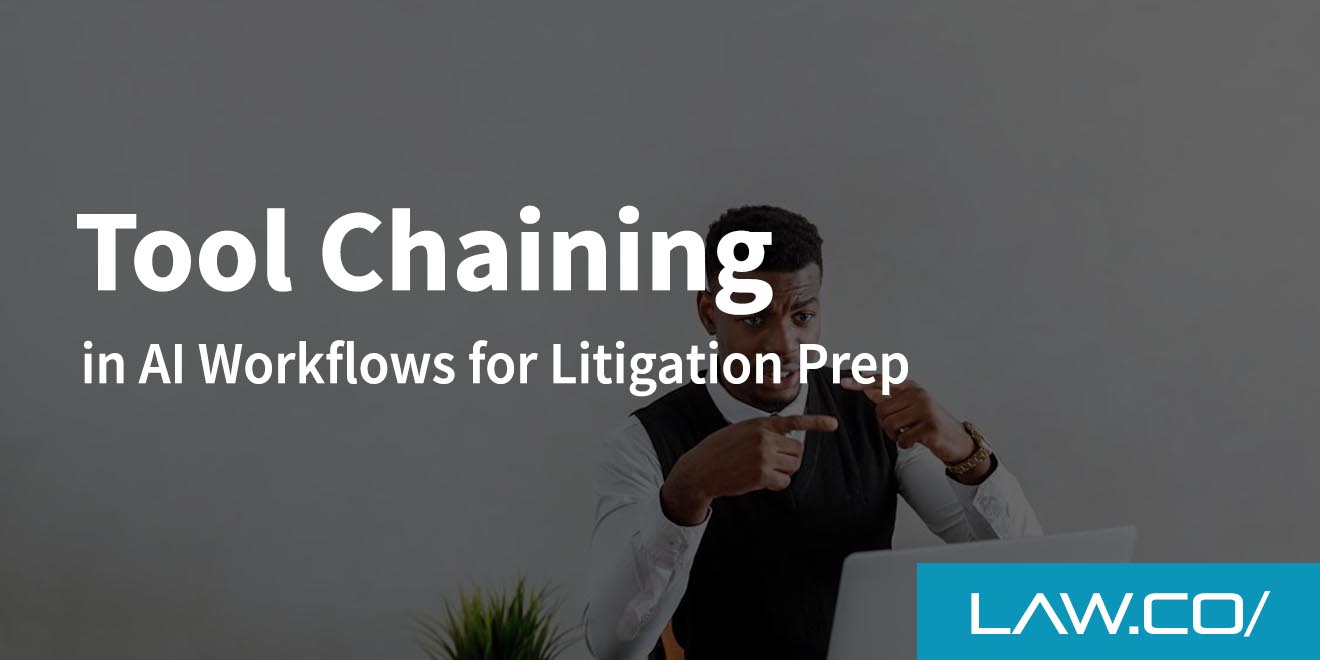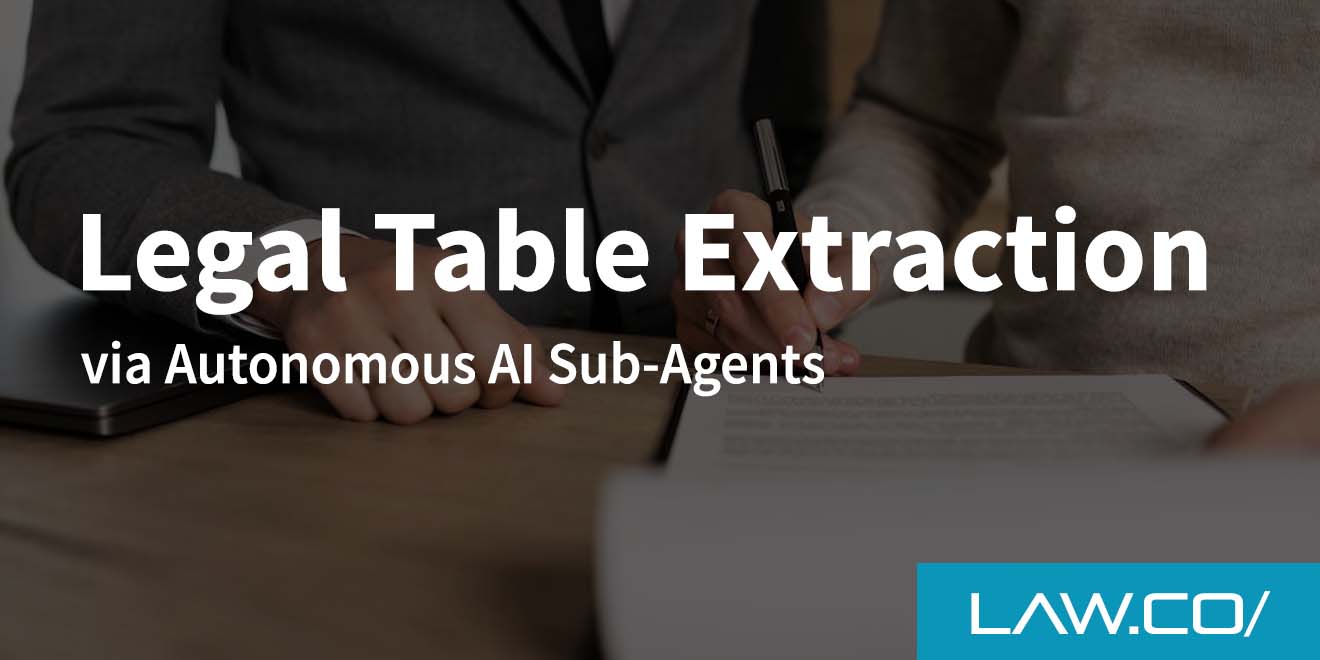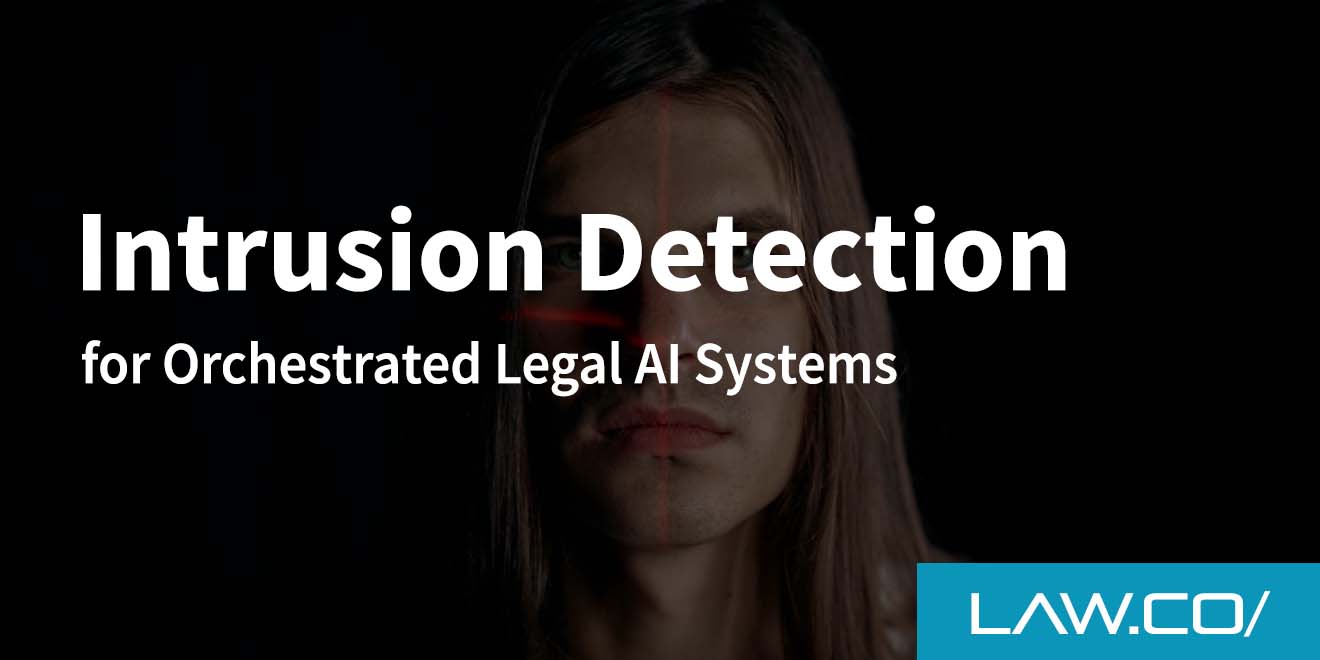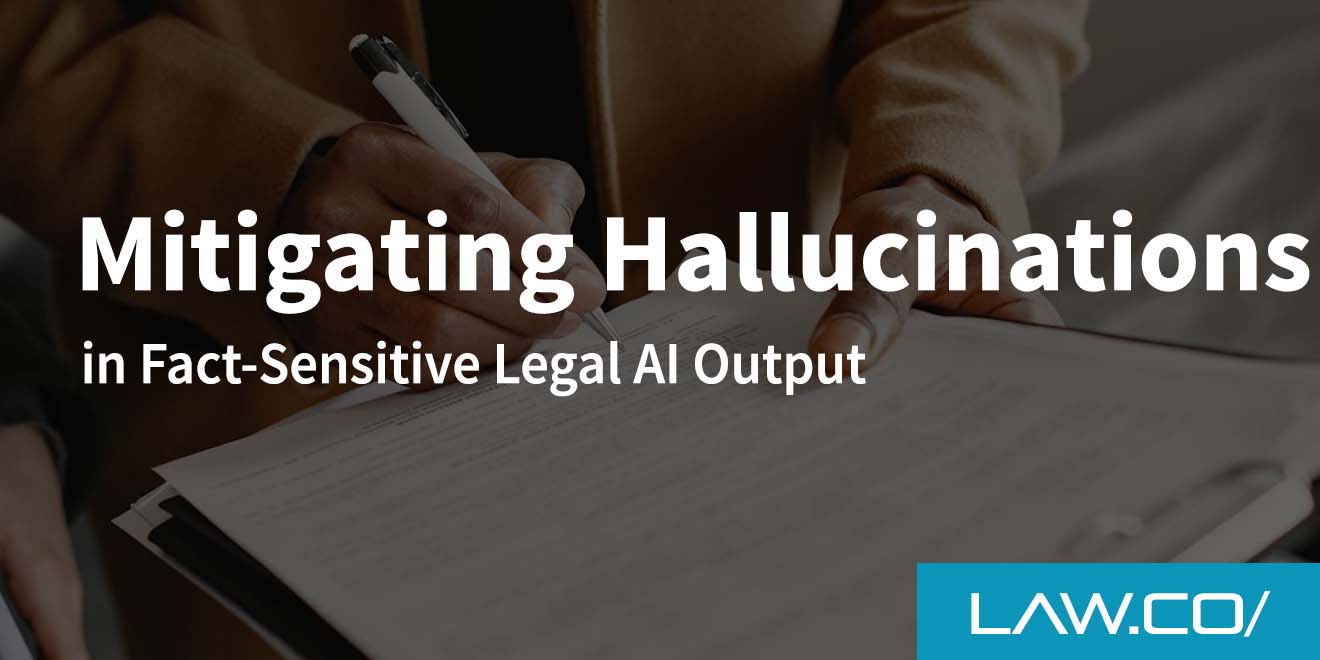

Tool Chaining in AI Workflows for Litigation Prep
The last five years have changed the way lawyers and law firms tackle discovery, document review, and trial strategy. Instead of relying on one “do-everything” platform, forward-thinking legal teams now a legal AI workflow to string together specialized applications in a smooth, almost conveyor-belt-like sequence.
This orchestration—often called tool chaining—lets each program do what it does best while passing clean, structured data to the next stage. When done well, the approach compresses timelines, lowers review costs, and gives litigators deeper factual insight before they ever step into a deposition room.
Why Tool Chaining Matters in Modern Litigation
Litigation has always involved juggling multiple tasks: collecting data, sorting it, making sense of it, and turning the results into persuasive arguments. Traditional e-discovery suites promise an all-in-one answer, yet many still struggle to handle every data type or keep pace with new analytics techniques. Tool chaining flips that model. By linking best-of-breed services through APIs, legal teams can:
- Automate repetitive handoffs—think automatic OCR after ingestion or real-time translation on newly surfaced chats.
- Replace or disable modules that underperform without discarding the entire stack.
- Introduce cutting-edge language models or visualization dashboards the moment they become available.
Just as importantly, a clear chain of tools creates a documented pipeline. Every transformation step is logged, making defensibility and audit trails far easier to establish during meet-and-confers or court challenges.
Core Components of an AI Tool Chain
Ingestion and Normalization
Everything starts with a defensible collection. Custodian drives, cloud mailboxes, chat exports, and mobile images flow into a centralized staging area. The first AI micro-service typically handles deduplication and hashing, flagging near-duplicates while preserving originals for chain-of-custody. Optical character recognition converts scans to text so downstream analytics can “see” inside PDFs or image-heavy productions.
Classification and Prioritization
Next comes a classification engine—often a supervised machine-learning model trained on small seed sets. It tags items by file type, privilege likelihood, sentiment, or issue code. Modern classifiers can also detect personally identifiable information or trade secrets, allowing early application of protective measures. Automated prioritization queues potentially privileged or high-value documents for accelerated attorney review, shaving days off discovery deadlines.
Analysis and Insight Generation
Once data is normalized and tagged, heavier analytics enter the chain. Large language models can draft conversational summaries of long email threads, extract entities (people, projects, dates), and assemble interactive timelines. Pattern-recognition modules surface communication spikes around critical dates or chart how narratives evolve. By the time review attorneys dive in, they are looking at concentrated “hot buckets” rather than wading through raw data.
Production and Reporting
The final stretch concerns packaging. AI scripts convert attorney work products into the court’s preferred load-file format, embed Bates numbers, and scrub privileged text. A separate reporting node generates heat-map style exhibits that illustrate document volume by custodian or time period—helpful in meet-and-confer sessions and settlement talks. Because each link in the chain writes its own metadata, the entire process remains transparent and reproducible.
Building a Practical Tool Chain Step by Step
Jumping straight to a fully automated pipeline is tempting, yet most successful firms iterate through small pilots first. A common roadmap looks like this:
- Identify the single most painful handoff—perhaps exporting review sets from an older repository into a labeling environment—and automate only that link.
- Measure speed, accuracy, and attorney satisfaction. If metrics hold, fold in the next adjacent task, such as sentiment extraction or real-time translation.
- Maintain a “swap-out” mindset. Because APIs are the glue, a vendor that stagnates can be unplugged without uprooting the entire ecosystem.
- Document version numbers, model settings, and sampling protocols in a living runbook that travels with each case file.
Incremental progress not only reduces risk but also helps budget committees see tangible ROI after every sprint.
Pitfalls, Ethics, and Risk Management
Data Privacy and Cross-Border Transfer
Automated chaining shines brightest when data moves freely between tools. But privacy statutes—from the GDPR to newer U.S. state laws—can complicate cross-border flow. Always evaluate whether data needs to leave its country of origin or if the AI service can run inside a regional data center. An on-premise deployment or secure private cloud may be necessary for sensitive matters.
Bias and Explainability
Litigators increasingly ask: “How did the model flag this email as privileged?” Black-box algorithms can undermine defensibility if counsel cannot articulate selection logic. Favor providers that expose model weights, supply training audit logs, or allow side-by-side comparison of AI decisions against human review. In contested matters, a short, sworn declaration describing the tool chain’s methodology can forestall Daubert challenges.
Over-Automating Judgment Calls
AI excels at sifting. It is less reliable at final legal judgments, such as waiving privilege or deciding relevance in borderline scenarios when using AI for legal research. Keep human checkpoints in the loop, especially when production deadlines loom. A well-designed chain highlights uncertainty scores, directing attorney attention to items where human reasoning carries the most weight.

%201.svg)










